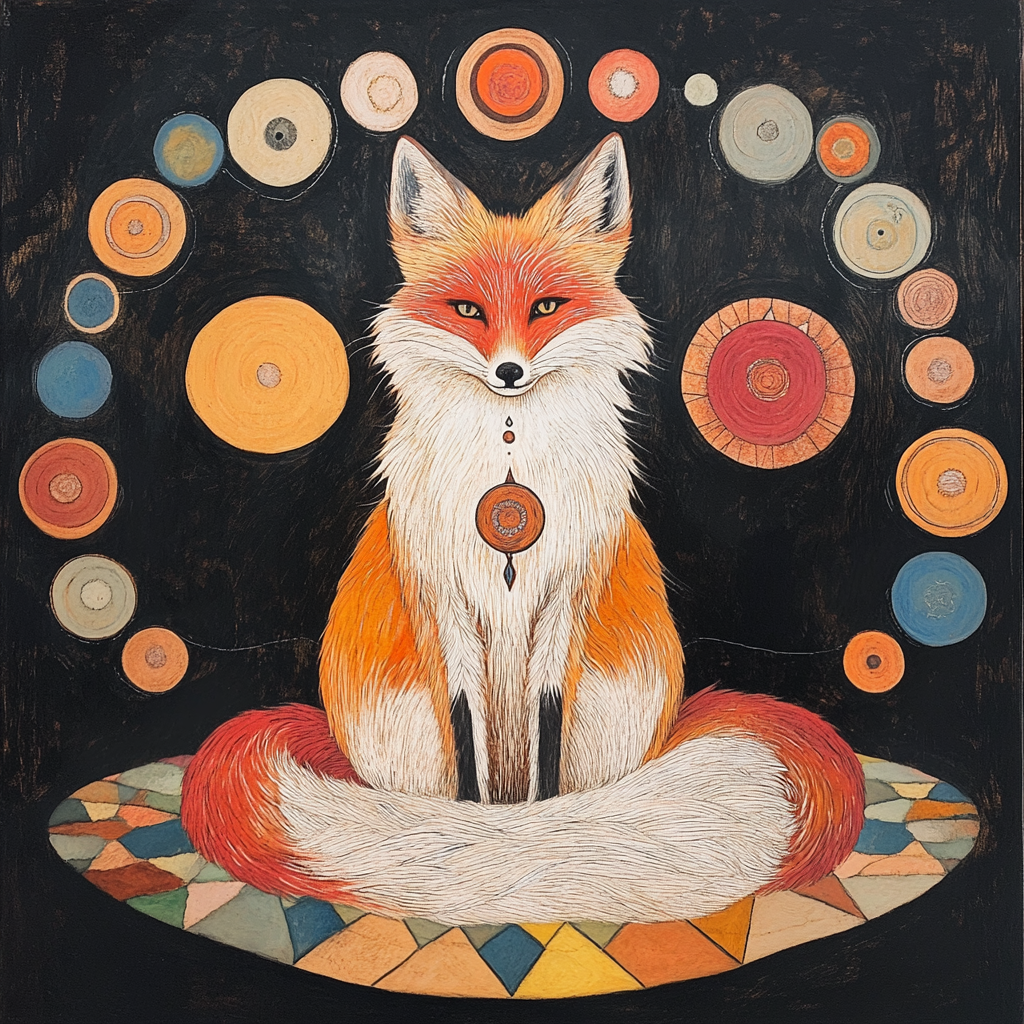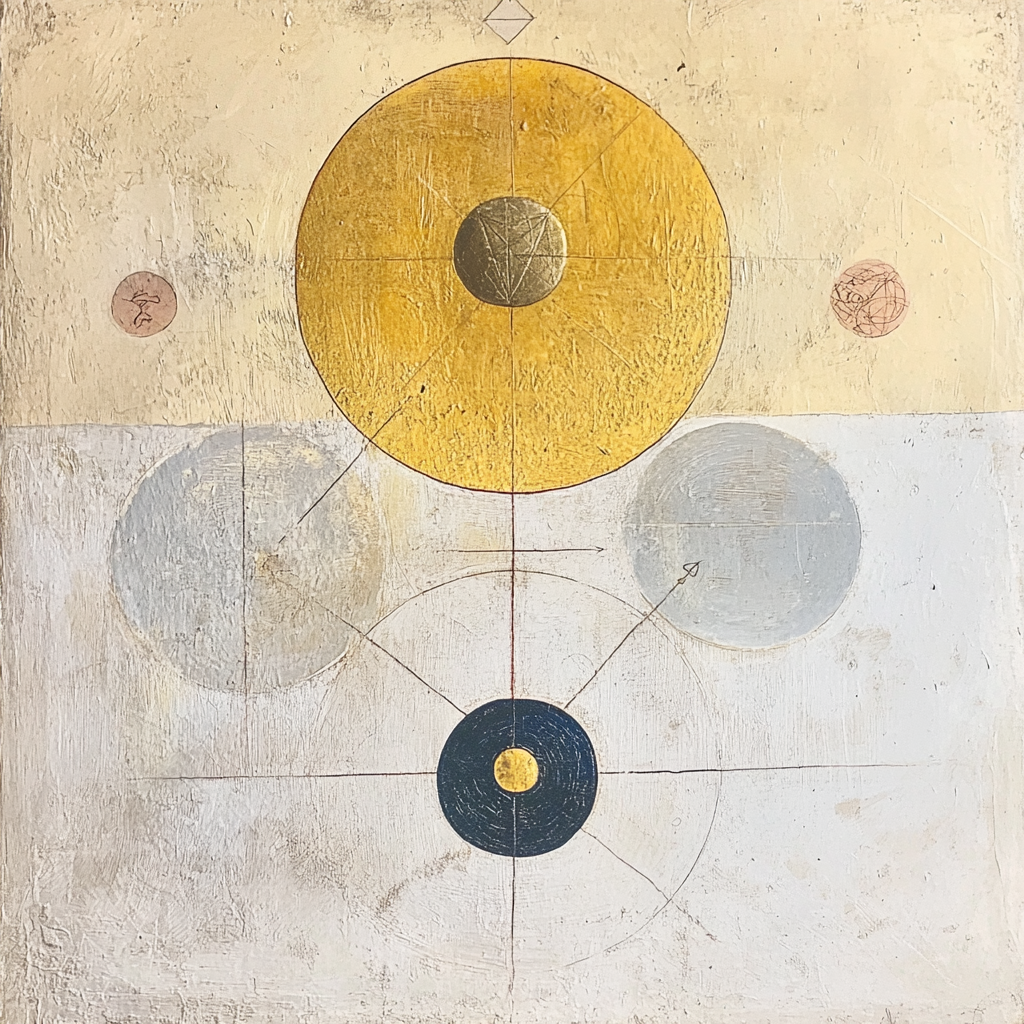
Journaling Self-Reflection and Tarot
Tarot Journaling is one of the most powerful tools for self-reflection and personal growth. By intentionally engaging with your inner thoughts and experiences, you can deepen your self-reflection and uncover meaningful insights. Here are ten effective methods to elevate your journaling practice and create a profound connection with yourself.
Table of Contents
1. Begin with Daily Prompts
Using structured prompts is a fantastic way to spark meaningful journaling. Prompts like, “What emotions am I feeling today?” or “What challenges have I faced recently?” guide your thoughts and focus your journaling self-reflection on key areas of growth.
2. Incorporate Tarot Card Pulls
Tarot cards can serve as a symbolic mirror to your subconscious. Draw a card daily and reflect on its imagery, archetypes, or meaning. Write about how the card connects to your current state of mind or challenges, allowing Tarot to guide your introspection.
3. Practice Gratitude Journaling
Gratitude journaling is a powerful way to shift your perspective. Each day, list three things you are grateful for and reflect on why they matter. This practice fosters positivity and helps you reflect on the richness of your life.
4. Explore Freewriting
Set a timer for 10 minutes and write without stopping. Let your thoughts flow freely, unfiltered and unedited. This method taps into your subconscious mind and often reveals hidden emotions or ideas.
5. Revisit and Review Past Entries
Deepen your understanding of yourself by rereading old journal entries. Look for recurring patterns, emotional cycles, or breakthroughs. Journaling self-reflection is not just about writing but also learning from your past thoughts.
6. Use Guided Journaling Templates
Templates can provide structure and make the process more approachable. Try templates focused on daily reflection, gratitude, or even Tarot journaling. These tools make it easier to stay consistent while exploring your inner world.
A Simple and Free Tarot Journaling App?
❤️❤️❤️ Yes! ❤️❤️❤️
Sign up now for our Beta!
7. Pair Journaling with Meditation
Meditation calms the mind, making it more open to introspection. After meditating, journal about what thoughts or emotions arose during your practice. This combination bridges mindfulness with written self-reflection.
8. Write About Challenges and Solutions
When faced with difficulties, use your journal to unpack the challenge. Write about the situation, how it makes you feel, and brainstorm possible solutions. This proactive approach transforms journaling into a tool for problem-solving.
9. Set Monthly Intentions
At the start of each month, use your journal to set intentions. Reflect on areas you want to grow in and the steps you’ll take to get there. At the month’s end, revisit your entries to evaluate progress and lessons learned.
10. Engage in Shadow Work
Inspired by Jungian psychology, shadow work involves exploring the parts of yourself you often suppress or ignore. Use prompts like, “What am I avoiding?” or “What fears hold me back?” to bring these hidden aspects to light.
Why Journaling Self-Reflection Matters
Journaling self-reflection goes beyond putting words on paper; it’s a journey of self-awareness and growth. Each method shared above is a step toward a deeper understanding of who you are and what drives you.
Whether you’re a seasoned journaler or new to the practice, the key is consistency. Start small, explore different techniques, and let your journal become a safe space for growth and introspection. The insights you gain will ripple into every area of your life, guiding you toward greater clarity and purpose.
Ready to begin your journey? Start journaling today and watch how self-reflection transforms your inner world.












